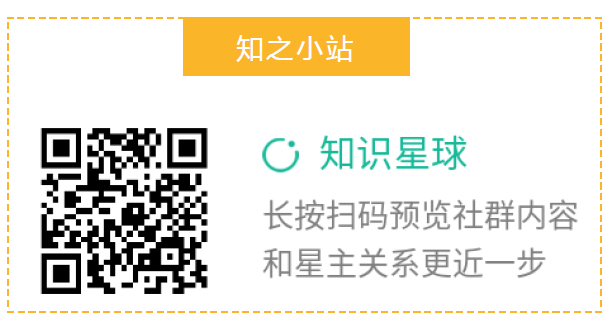Smartphones have become a constant companion in our teens’lives.From connectionwith family and friends to entertainment and background noise,young people rely on theirsmartphones for different types of mental health support,relaxation,and distraction-athome and at school,and during the day and night.
This year,Common Sense has focused our research efforts on hearing directly from youngpeople about both therole and the impact of media and technology in their lives.Thisreport fills a gap in our understanding of how teens actually use their smartphones,combining data from kids’phones themselves with feedback from our Youth AdvisoryCouncil.And they told us that the drawof their smartphone is both complicated andpowerful.Here’s what else we learned from this report:
·Teens are fielding a barrage of notifications from the apps on their phones.On atypical day,participants received a median of 237 notifications.Of those,about aquarter arrived during the school day,and 5%at night.
·School phone use is common,and policies are inconsistent.During school hoursalmost all of the participants used theirphones at least once,for a median of 43minutes.But they also reported that policies about phone use in schools vary-some-times even from classroom to classroom-and aren’talways enforced.
·Smartphones both help and hurt sleep.Over half of participants used their phones onschool nights,often to listen to musicto wind down or get to sleep.But sometimestheir days are so busy that they only get to relax with their phone at bedtime,and thatpushes sleep later
The good news is,many young people reported they have grown savvier about theirphone’s attempts to draw them in,and they’re taking steps to protect their digital well-being,like setting time limits and prioritizing certain types of notifications.But thebusiness model of these apps and devices hinges upon young people picking up theirphones and engaging with them as much as possible,and it’s clear that teens are strugglingto set boundaries.
Research like this helps shed light on what young people are really doing on their phones,and allows families,educators,and leaders to better understand where and when toprovide support.But the industry can take steps to recognize that young people need tobeable to use their phones for all of their important benefits but without the challengesthat negative content,persuasive design,and aggressive business models pose to digitalwell-being.
AtCommon Sense,we will continue to provide parents,caregivers,educators,industryleaders,and policymakers with the tools,resources,research,and information they needto help kids build healthier relationships with the technology in their lives.And it’s ourhope that this research allows for continued focus on youth voices in our mission to makethe digital world work better for kids everywhere.



本文来自知之小站
报告已上传知识星球,微信扫码加入立享4万+深度报告下载及1年更新。3天内不满意退出星球款项原路退回,欢迎试用。到期续费仅需5折
(如无法加入或其他事宜可联系zzxz_88@163.com)
